Published May 23, 2024
How 'All Good Things...' Changed The Future Of Star Trek
We're celebrating this episode's 30th anniversary with a look back at how the beloved episode set up Star Trek's future.

StarTrek.com
The series finale of , "," aired on television screens 30 years ago today on May 23, 1994.
It's one of the most-memorable scenes in all of Star Trek — after a feature-length episode where Jean-Luc Picard bounced back and forth between the show's present day, the past from the ship's first mission in "," and 25 years ahead to a far-flung 2395, things are settling back down. Picard solved the riddle, closed the anomaly, and ran around the Enterprise asking the day's date like Ebenezer Scrooge on Christmas morning.
Star Trek History: All Good Things...
That settled, the crew of the Enterprise sits down to their regular poker night, taking stock of everything that happened — and everything Picard experienced.
Dr. Beverly Crusher: You know, I was thinking about what the Captain told us all about the future. About how we all changed, and drifted apart. Why would he want to tell us what's to come?
Geordi La Forge: Sure goes against everything we've always heard about not polluting the timeline, doesn't it?
Data: I believe, however, this situation is unique. Since the anomaly did not occur, there have already been changes in the way this timeline is unfolding. The future we experience will undoubtedly be different from the one the Captain encountered.
Will Riker: Maybe that's why he told us. Knowing what happens in that future allows us to change things now. So that some things never happen.
Worf: Agreed.

"All Good Things..."
StarTrek.com
And so the Enterprise speeds off into the unknown, boldly going, and we're left wondering how different the future will be for our heroes, and whether that future will be better or worse than the future Picard glimpsed.
Except we don’t have to wonder any more. Whereas "All Good Things…" showed us the distant future of 2395, the first season of has caught us up to the year 2399, with four Next Generation movies, various television projects, and some information gleaned from the Kelvin timeline to fill us in on everything in-between.
What changed? What stayed the same? And, was the future we ultimately got better than the future Picard originally saw?
The Enterprise-D, We Hardly Knew Ye
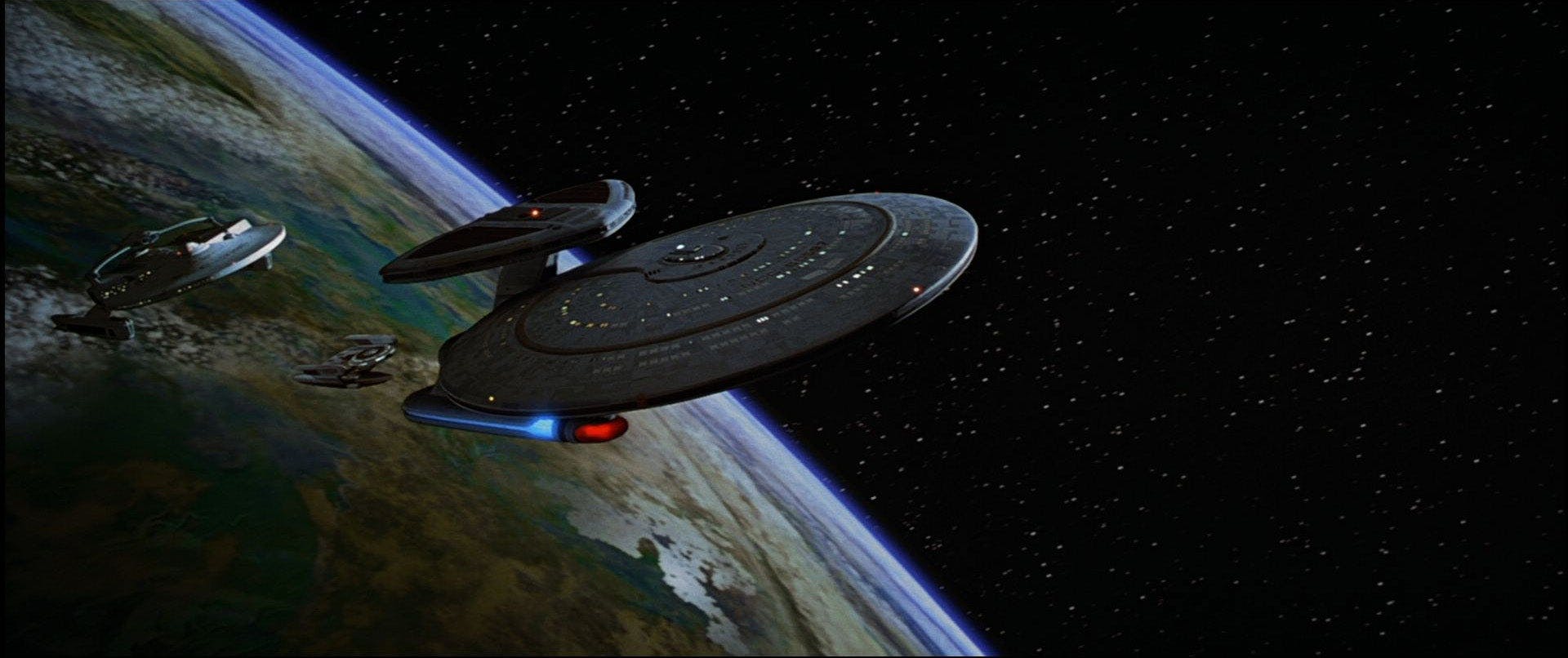
Star Trek Generations
StarTrek.com
In the "anti-time future," the Enterprise-D is still going strong. Refitted with a third nacelle (which apparently makes the ship capable of Warp 13), a massive cannon on the underside of the saucer section, and a no-foolin’ cloaking device, the Enterprise is a powerhouse of a vessel and a worthy ship for Admiral Will Riker.
In the real timeline, however, the Enterprise-D wasn’t long for this quadrant. Less than a year later, the Duras sisters would end up shooting the storied vessel out of the sky, leaving the saucer section to crash down unceremoniously onto the planet below. Shortly thereafter, we all got the sleek new ride that is the Enterprise-E.
Deanna Troi Dodges Death, Riker Delivers Pizza
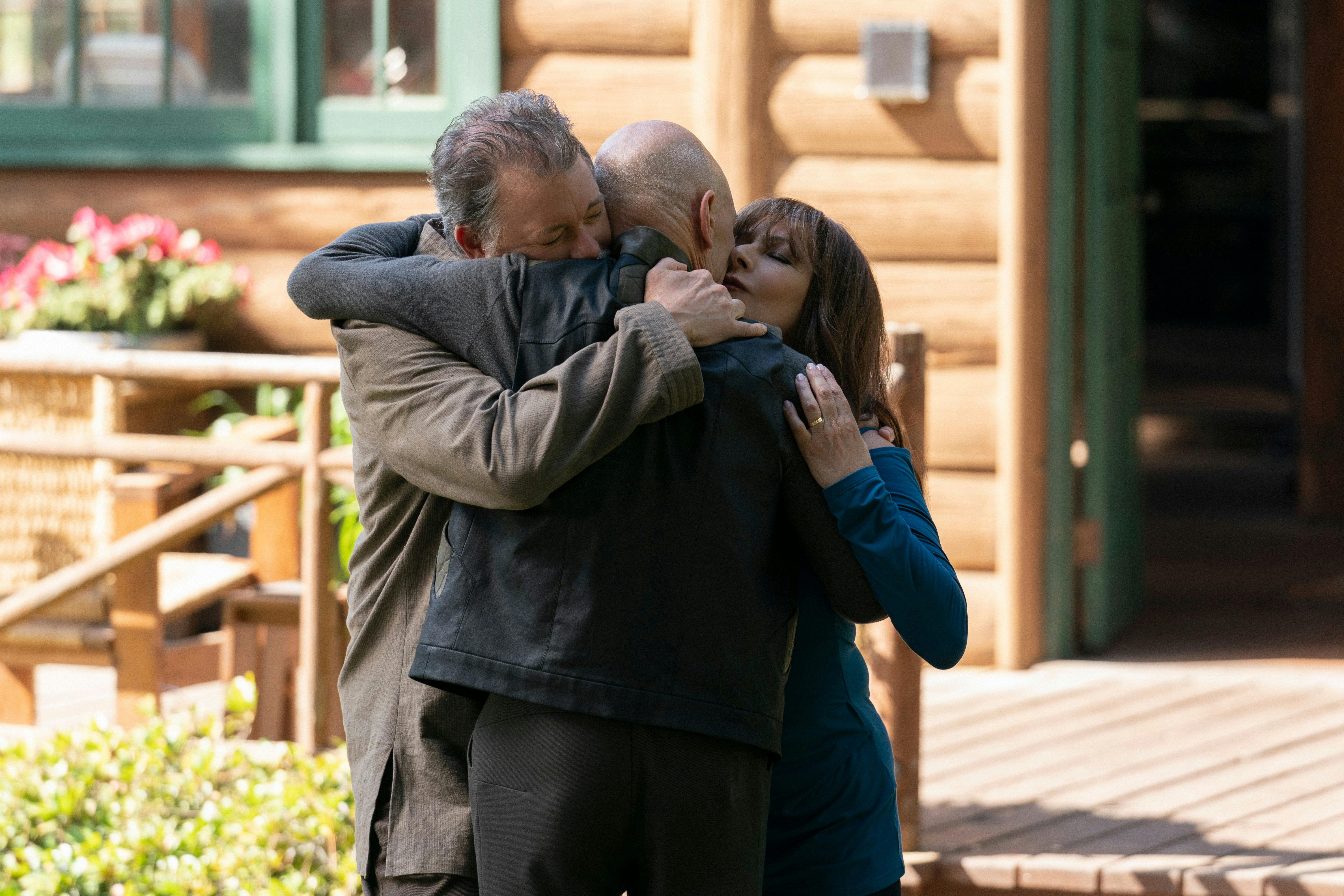
"Nepenthe"
StarTrek.com
In the anti-time future, Deanna Troi had died, years earlier, in some unspecified tragedy. This was a fracturing incident for the remaining crew of the Enterprise, with Worf and Riker blaming one another for her death and refusing to speak to each other. Hollowed out by the experience, Riker clearly threw himself into his career, rising quickly to the rank of Admiral and still clinging to the ship where he once had so many happy memories. This future Riker is a bitter and pragmatic man, reluctant to listen to Picard and not very willing to help out when asked.
By comparison, in our true timeline, Deanna lives, and after an exposure to youth radiation in the Briar Patch (it made sense in context), Troi and Riker decide to rekindle their relationship and eventually get married. Their life isn't without its ups and downs from there, but they have a beautiful home, an adorably-precocious daughter, and all the hand-tossed pizza a person could want. This version of Riker is a captain instead of an admiral, and when Jean-Luc Picard needs help, nothing could keep him away. Not everything in our new future is so cut-and-dried, but Will Riker at least is definitely a happier, more-fulfilled man.
Always Back Up Your Data
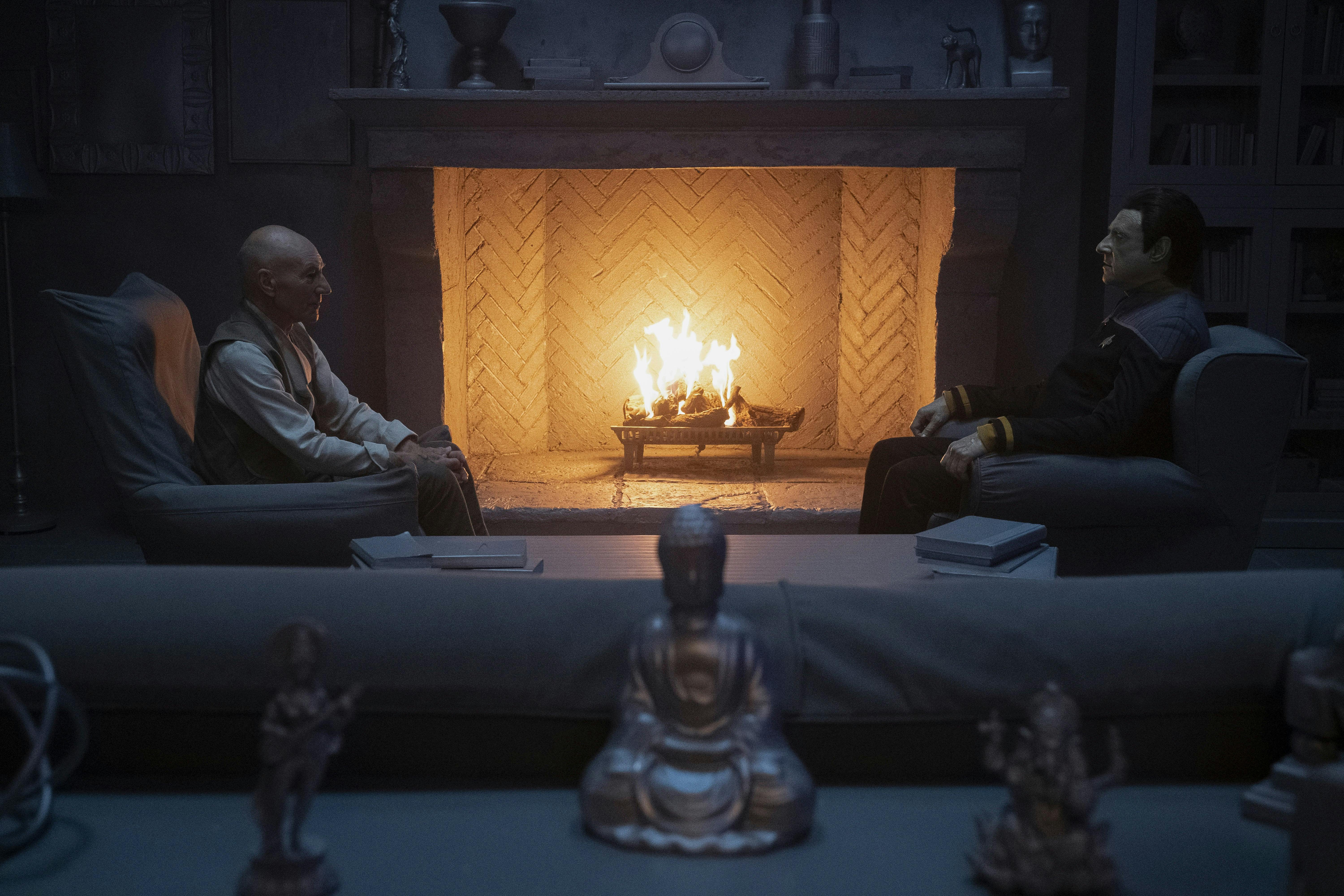
"Et in Arcadia Ego, Part 2"
StarTrek.com
Though our new timeline saved Deanna Troi from a tragic death, the same can't be said for Commander Data. While in the anti-time future everybody's favorite android is a tenured professor at Cambridge, in actuality, Data ended up sacrificing himself to save Picard's life in .
That being said, however, things aren't quite that simple. Although Data died in our real timeline, that act of self-sacrifice rippled forward to create all sorts of new possibilities. Dr. Bruce Maddox, inspired anew by Data's death, stepped up his research into positronics, eventually successfully recreating Data's mind, as well as birthing a whole new race of androids, all of whom are in essence Data's "children." In the anti-time future, Data lived alone in a mansion with a bunch of cats. In the real future, Data died surrounded by family.
Romulus Gets Remixed
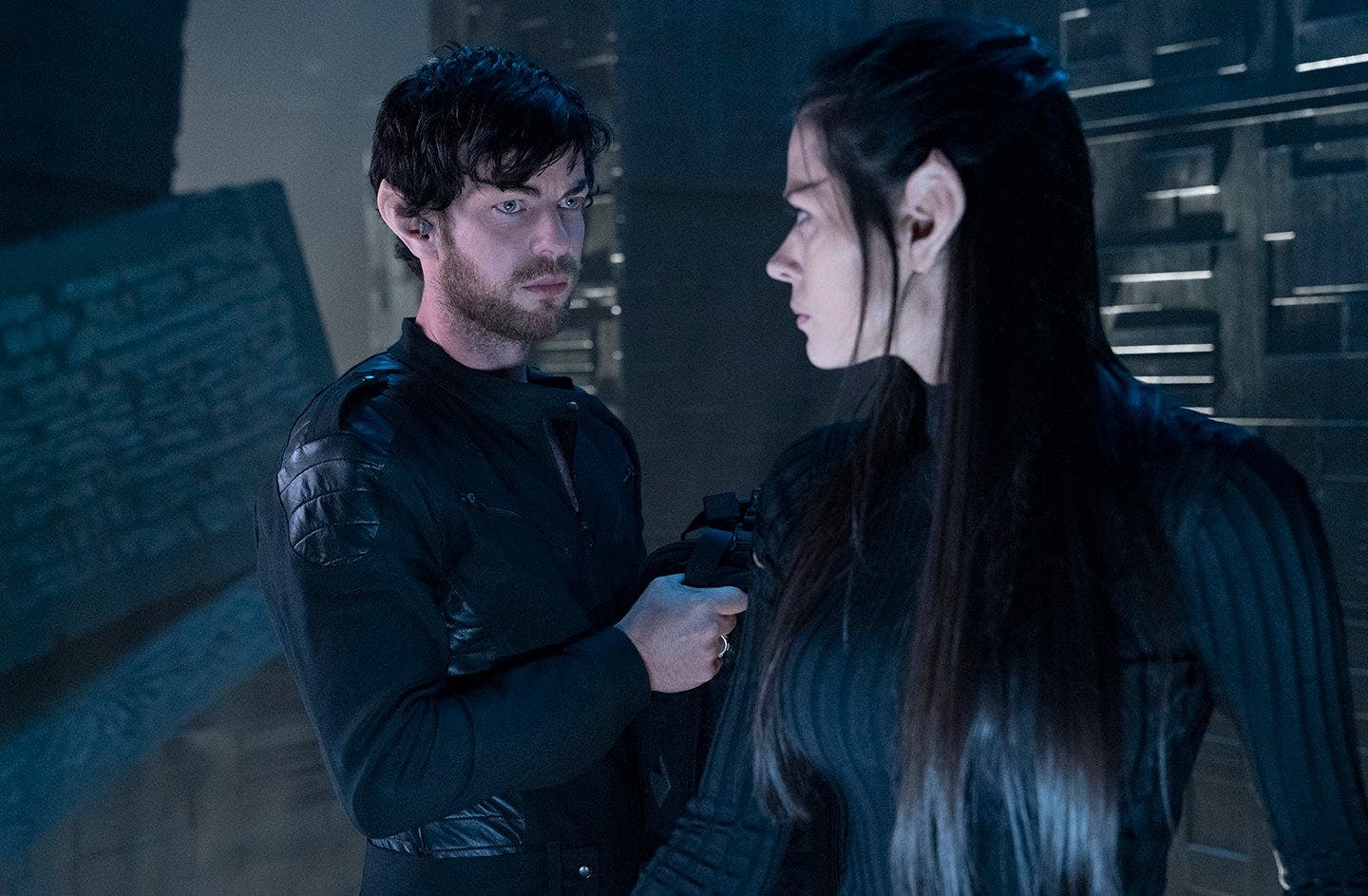
"Et in Arcadia Ego"
StarTrek.com
Here's where things start to go really off the rails. In the anti-time future, things have gone pretty pear-shaped for the Romulan Empire. Glimpsed in "All Good Things…," the Klingons have conquered the Romulans and absorbed them into their Empire. Relations between the Klingons and the Federation are, as a result, very frosty. We never see any Romulans in Picard's future, but the assumption has to be that the Klingons aren't treating them very well, considering the generations of animosity between them.
In our Prime timeline, meanwhile, Romulus is… blown up. A "subspace supernova" wipes out the Romulan homeworld, setting in motion the events of . Despite that, or perhaps because of it, the Romulans seem to be doing a bit better in the timeline of Star Trek: Picard. The oppressive government of the Romulan Empire has been somewhat relaxed, and there's nary a Klingon to spot inside Romulan space. Their homeworld is gone, but large portions of the people live on in colony worlds and refugee camps, and their work reclaiming technology from "The Artifact," a derelict Borg cube, ensures that their technology remains as formidable as ever.
The Worf Effect
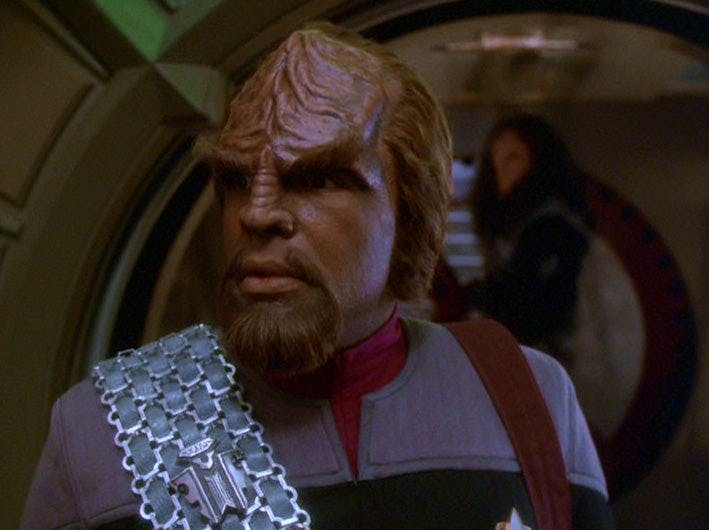
"What You Leave Behind"
StarTrek.com
As mentioned, in the anti-time future, Worf becomes disillusioned after the death of Deanna Troi, leaves to join the Klingon High Council, and eventually gets punted out to the sticks to be the governor of an unimportant territory out of everybody's way. He's pretty clearly a miserable man in this incarnation, even in the small bits we see of him here.
In the real timeline, however, the destruction of the Enterprise-D changes everything. Worf is once again disillusioned, and once again considers leaving Starfleet. But the timing is different, and in our Prime universe, Benjamin Sisko is able to recruit Worf for a new position at the height of tensions with the Klingon Empire. You know the rest — Worf joins the crew of Deep Space 9, and from that position, he is able to identify that General Martok is a Founder in disguise, rescue the real General Martok from a Dominion prison camp, and ultimately shish kebab Chancellor Gowron in the conference room, installing Martok as a new Federation-friendly Chancellor. This cements Worf's position as probably the most-important Klingon in generations, and also means that though we don't see any Klingons in Star Trek: Picard (so far, anyway), we also know they haven't gone on a conqueror's rampage throughout the Beta Quadrant.
Down with the (Irumodic) Sickness
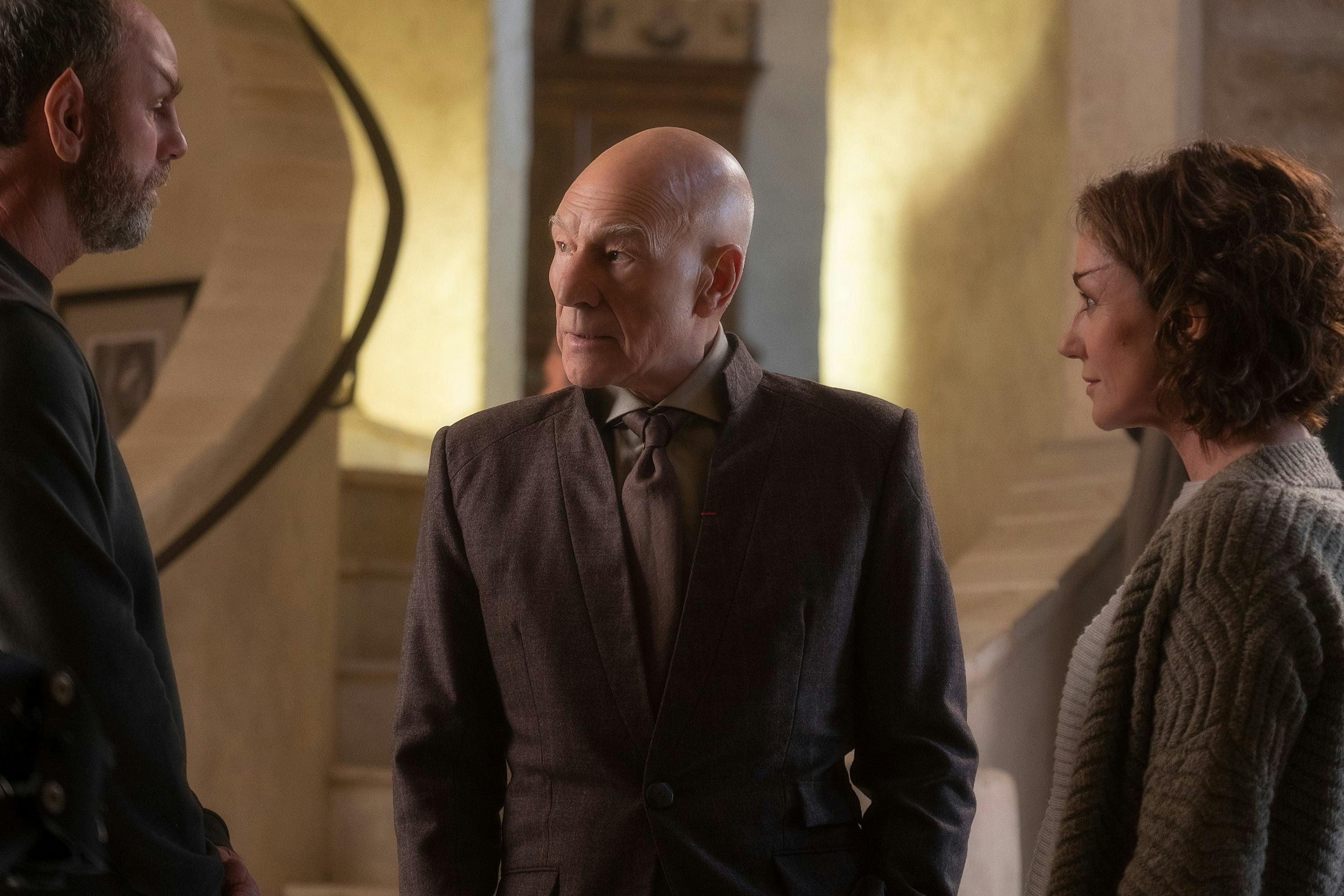
"Remembrance"
StarTrek.com
When Picard flashes forward to 2395, he is in the final stages of advanced Irumodic Syndrome, a brain disorder that leaves him struggling to find the eloquence that was once his stock in trade, actually getting lost trying to find 10 Forward at one point. Though the crew of the Enterprise goes along with him for one last mission, it's clear they think they’re humoring a senile old man who wants to go on one last adventure.
When Picard returns from his trip through time, however, he is forewarned and forearmed against this brain defect. Though there's no cure, there are courses of treatment and preventive measures, so that when we see him in Star Trek: Picard he is a much sharper, more-focused, more-eloquent man in this 2399 than he was in that alternate 2395.
The More Things Change…
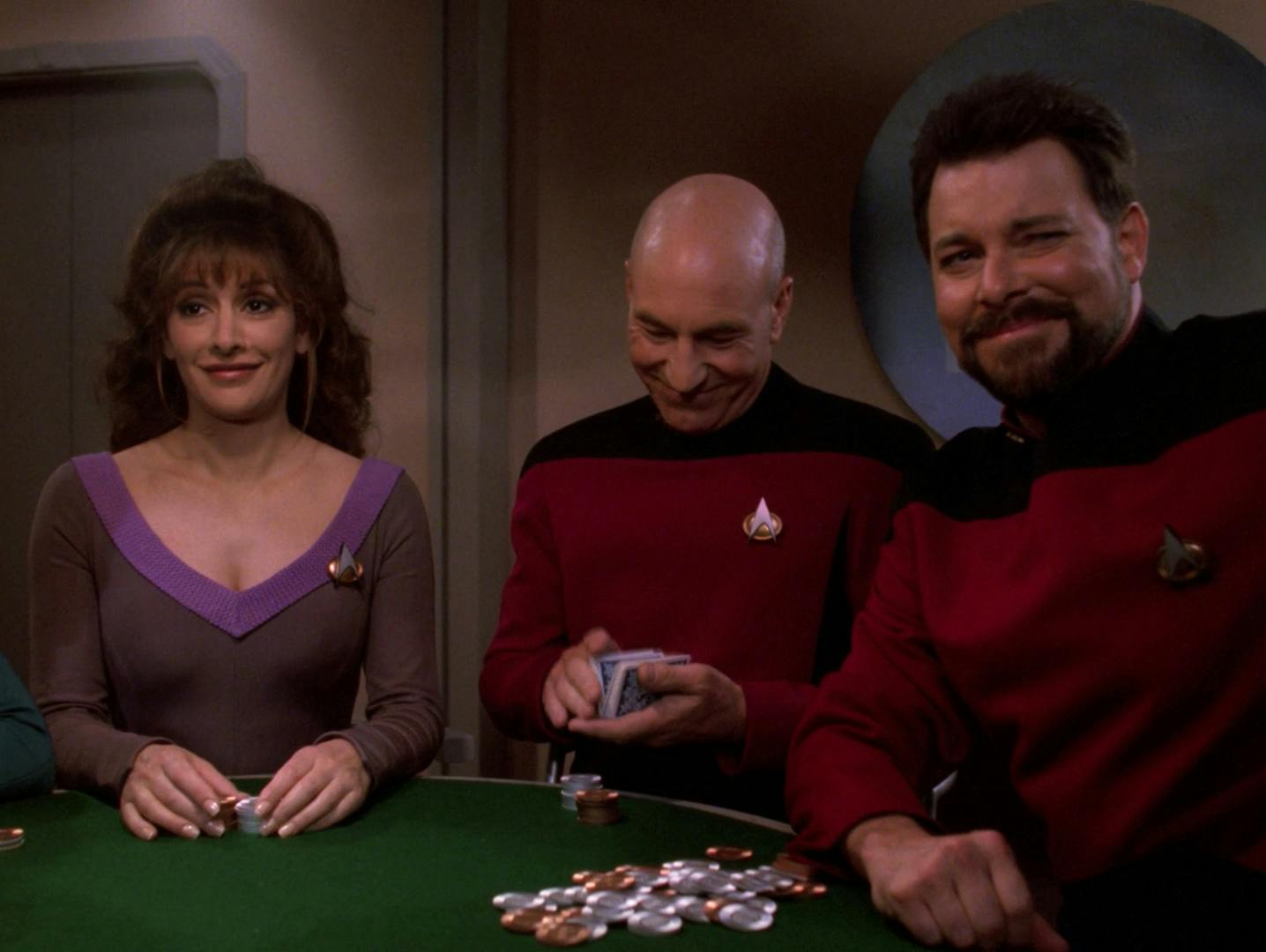
"All Good Things..."
StarTrek.com
Okay, so a lot shook out differently in the future we got than the future Picard originally saw. But, did anything stay the same? A few things. No matter the timeline, Picard will always decide to retire to his family's vineyard. Geordi LaForge will always trade in his VISOR for more-streamlined ocular implants (that can't get knocked off his head leaving him to act like Velma from Scooby-Doo for a while). Starfleet's design for comm badges looks the same in either timeline, meaning nothing Picard told his crew had any effect on what the graphic designers back in San Francisco thought looked neat.
Overall, Picard's decision to tell the crew what he saw seems to have worked out for the better. This new future isn't without its drawbacks — what life is — but the crew members we caught up with seem to be happier, more fulfilled people, leaving a bigger mark on a brighter galaxy. Whereas characters like Troi, Riker, and Data were childless, in the new future they've created a next generation (pun intended) of their own.
Most importantly of all, perhaps, when Picard returned to his own time, he finally decided to join his officers for a game of poker. Because ultimately, it's the little things — little conversations, little moments of connection — that can make the biggest difference. And if you give those little moments a chance, they can change an entire galaxy.





